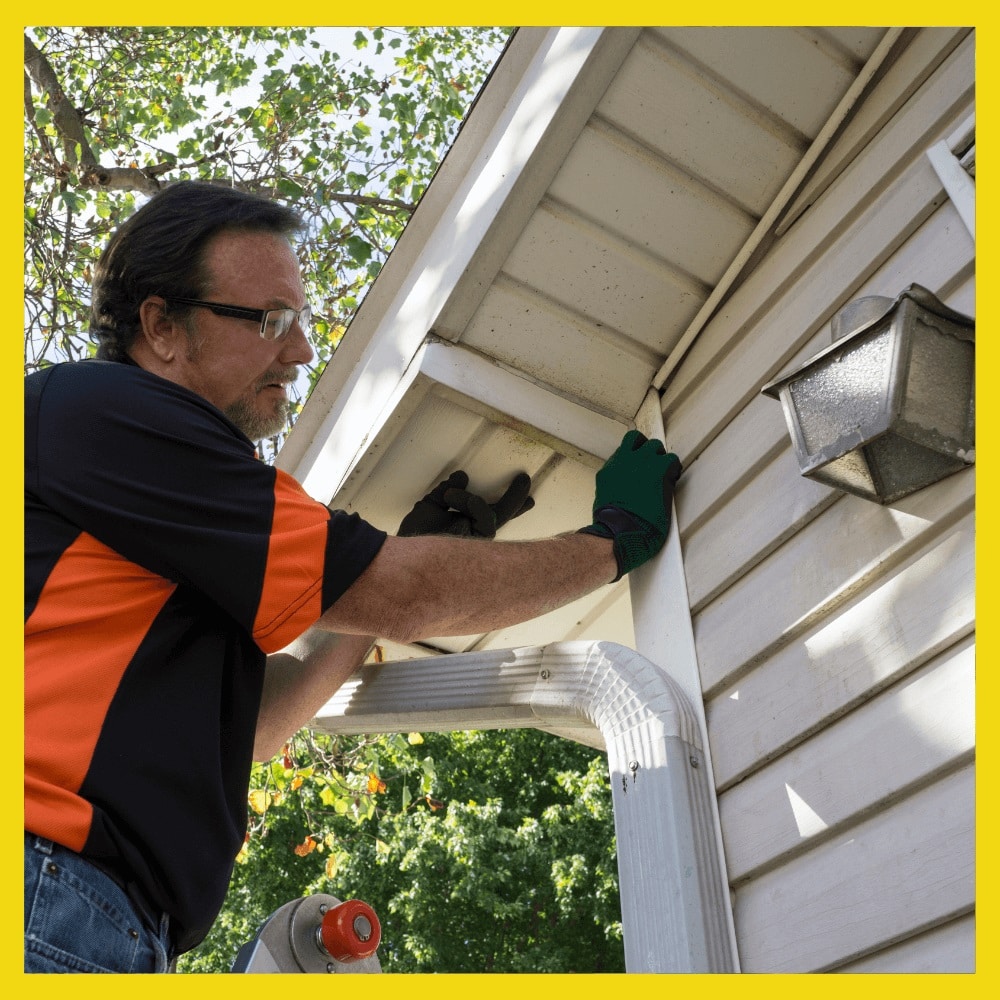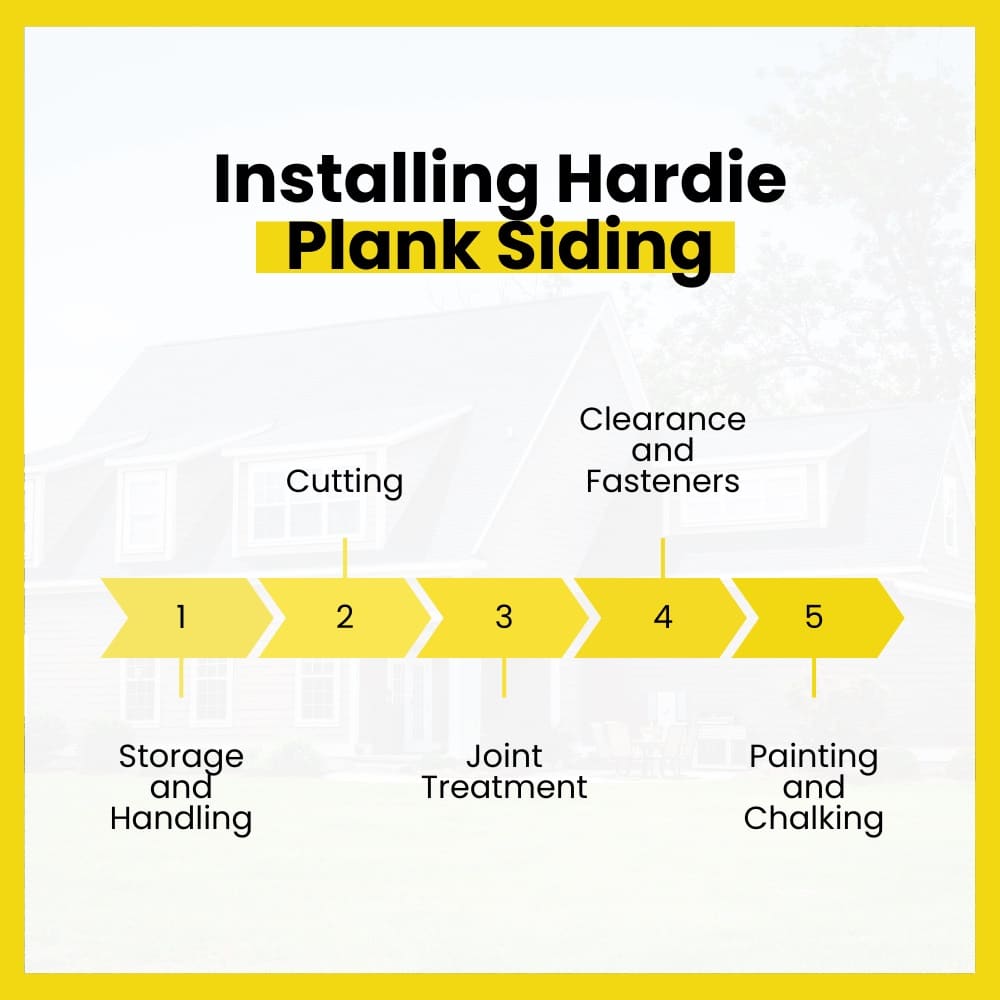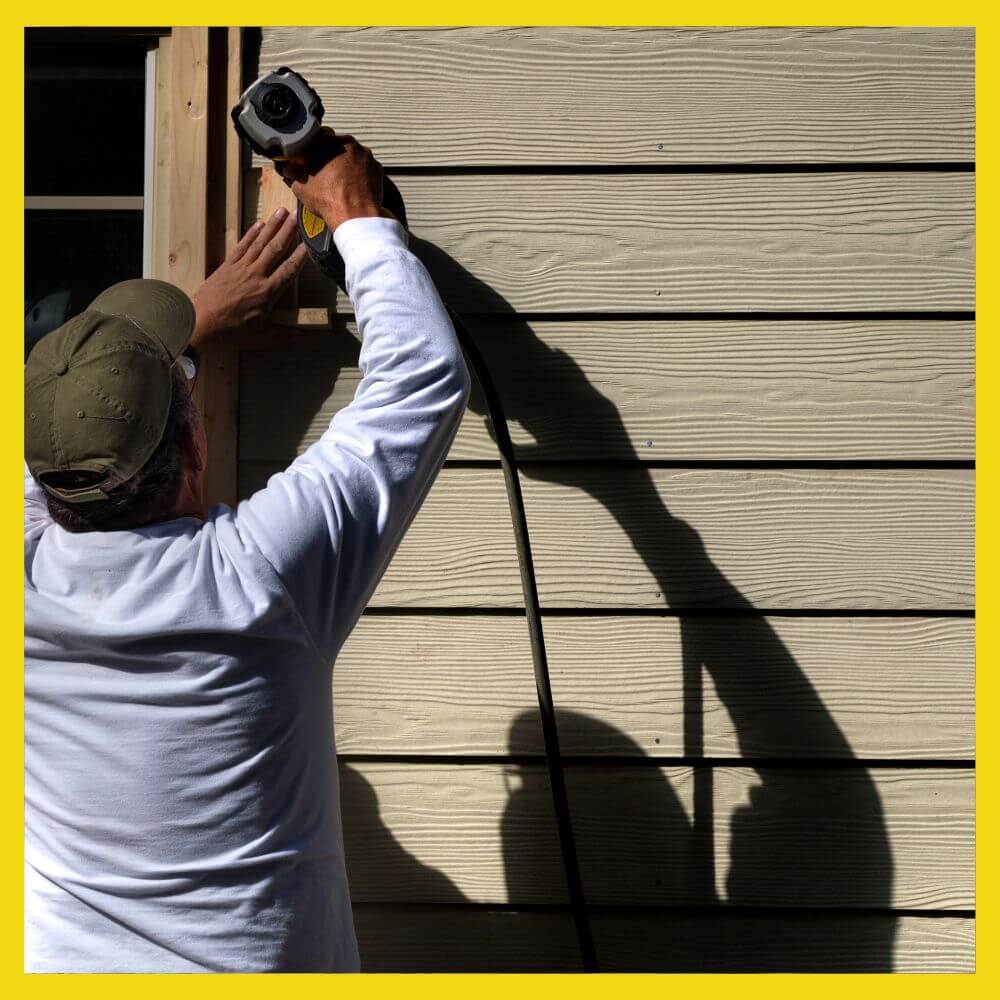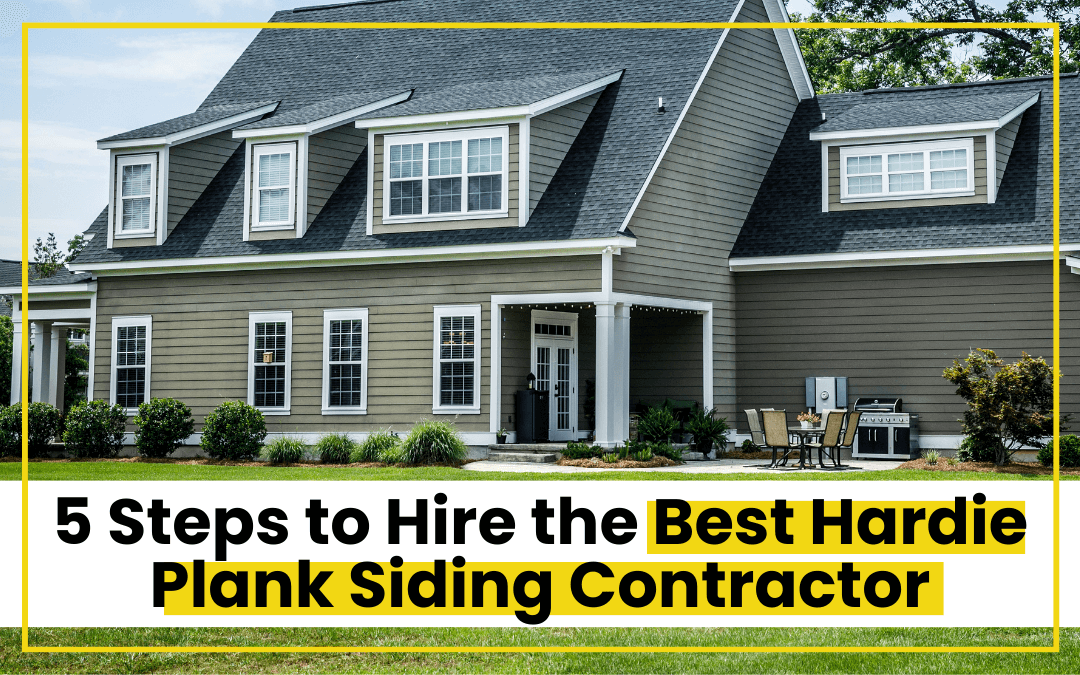When it comes to revamping your home’s exterior, choosing the right material is only half the battle.
Hardie Plank siding, known for its durability and aesthetic appeal, is a popular choice among homeowners.
Its fiber cement material offers superior resistance to weathering, pests, and fire. You can think of it as an ideal long-term investment for your property.
However, the key to a successful installation lies in finding the right contractor.
This article will guide you through five essential steps to ensure you hire the best Hardie Plank siding contractor – one that combines quality, reliability, and value.
Ready to start? Contact us today to learn more about Harding Plank Siding and if it’s the right fit for your home.
How to Choose a Hardie Plank Siding Contractor
Verify Credentials and Expertise
Start by ensuring the contractors you’re considering are licensed and insured.
This protects you from liability and guarantees a level of professionalism.
Additionally, look for contractors with specific experience in installing Hardie Plank siding.
Their expertise in this area will be invaluable for a smooth and efficient installation process.
Checking for certifications, such as being a HardiePlank® preferred contractor, can also be a marker of quality and specialized knowledge.

Evaluate Past Work and References
A reliable contractor should have a portfolio of completed projects and be willing to provide references.
Since Hardie Plank siding is made with a specific type of fiber cement material, installing it up isn’t the same as working with regular wood planks.
So take the time to review the contractor’s past work with Hardie Plank installations.
If possible, reach out to their references to inquire about their satisfaction with the work, the contractor’s communication style, and overall professionalism.
Know the Cost and Your Budget
Get detailed quotes from multiple contractors. It’s important to understand what is included in the price of their siding replacement service.
Cheaper isn’t always better, especially if it compromises the quality of the materials or workmanship.
A comprehensive quote should cover all aspects of the project.
These include materials, labor, and any additional costs for customization or complex architectural features.
Discuss Project Timelines
An efficient siding project requires careful planning.
Discuss the projected timeline with your potential contractors.
Understanding when the project will start, the expected duration, and how they handle unexpected delays or issues is crucial.
Installing Hardie Plank siding should take a few days depending on the size of your property and the extent of your remodeling project.
Assess their Customer Service
You want a contractor who listens to your needs, is accessible for questions, and keeps you updated.
The initial consultations can be telling – look for a contractor who is attentive, responsive, and willing to offer expert guidance.
Ask your prospective contractors some questions, like:
-
- The expected project timeline
- Anticipated project costs
- The benefits of Hardie Plank over other types of siding
- How they’ll communicate project progress

How to Install Hardie Plank Siding
Your chosen contractor will handle the entire installation process for you.
But, if you’re looking to install Hardie Plank siding on your own, here are the steps to keep in mind:
Storage and Handling
Before installation, you need to store your Hardie Plank siding correctly.
Lay the planks flat, keep them dry, and cover them to protect against moisture.
Installing damp siding can cause shrinkage at the joints.
When moving planks, carry them on edge and be careful to protect their edges and corners from damage.
Cutting the Hardie Plank Siding
Set up your cutting station outdoors, positioning it so that any dust is blown away from you and others in the work area.
For cutting the planks, use methods like score and snap, shears (manual, electric, or pneumatic), or a dust-reducing circular saw equipped with a HardieBlade saw blade.
If you need to cut indoors, stick to score and snap or shears to minimize dust.
Joint Treatment
You can install HardiePlank lap siding over braced wood or steel studs, or directly onto a minimum 7/16 inch thick OSB sheathing.
Make sure that a water-resistive barrier is in place according to your local building codes.
Be careful not to install the siding in a way that it contacts standing water.
For the joints, you have several options:
-
- Joint flashing
- Caulking
- “H” jointer cover.
The important thing is to keep moderate contact at butt joints, and use a 1 1/4 in. starter strip to keep the plank angle consistent.
Clearance and Fasteners
Adhere to specific clearance requirements from different structures such as roofs, walls, and custom decks.
Proper flashing is essential to prevent water infiltration, so ensure it’s installed correctly around the siding.
Use only corrosion-resistant fasteners like galvanized or stainless steel.
While blind nailing is preferred, face nailing is acceptable if required by local codes.
Fasteners should be driven perpendicular to the siding and framing.
Painting and Caulking
Avoid using stain, oil/alkyd base paint, or powder coating on James Hardie Products.
For primed products, complete painting within 180 days, and for unprimed products, within 90 days.
Use 100% acrylic topcoats, and ensure all field cut edges are properly caulked, painted, or primed.
All field cut edges should be caulked, painted, or primed.
For ColorPlus products, use James Hardie touch-up kits for the best finish
What is Hardie Plank Siding Used For?
Hardie Plank siding is used for exterior home cladding. It’s a great option for safeguarding your home against the elements.
Plus, it provides considerable design flexibility.
Hardie Planks come in a range of textures and colors to match diverse architectural styles – from modern minimalism to classic traditional.
This adaptability makes it ideal for both new construction and home remodeling projects.
HardiePlank is also an environmentally responsible choice if this is something you’re considering.
Its composition, primarily cement, sand, and cellulose fibers, offers sustainability advantages over many conventional siding materials.

Hire the Best Hardie Plank Siding Contractor with Perimeter Remodeling
Choosing the right contractor for Hardie Plank siding is key for maintaining the durability and aesthetic appeal of your home’s exterior.
Hardie Plank is an excellent investment, and its effectiveness largely depends on the quality of installation.
That’s where a professional contractor’s role becomes indispensable.
They’ll make sure that your home not only looks great but is also well-protected against the elements.
If you’re looking for a reliable Hardie Plank siding installer, we’re here to help.
Our team of experienced professionals is dedicated to delivering top-notch workmanship and exceptional service.
Contact us today to get your free estimate.



Recent Comments